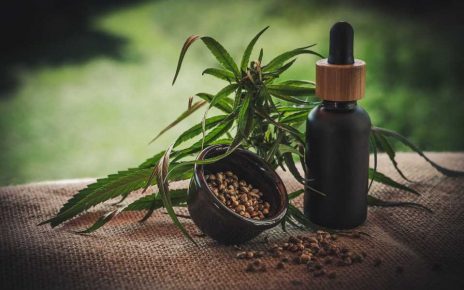Travelers abroad may pick up bacteria and other vectors containing genes conferring antimicrobial resistance which remain in the gut when returning to their home country, according to a study published in Genome Medicine.
A team of researchers at Washington University, USA and Maastricht University, Netherlands investigated the presence of antimicrobial resistance (AMR) genes in the human gut microbiome by analyzing the fecal samples of 190 Dutch travelers before and after travel to destinations in Northern Africa, Eastern Africa, Southern Asia and Southeastern Asia.
The gut microbiome includes bacteria and other organisms that live in the digestive tracts of humans. The participants and their samples were taken from a subset of data from the larger COMBAT study also investigating AMR. AMR genes have naturally developed in bacteria over millennia when they were exposed to antibiotics naturally produced by a few environmental bacteria, but overuse and misuse of antibiotics in human medicine and animal agriculture is accelerating the process. Antimicrobial resistant bacteria do not respond to treatment with antibiotics to which they have developed resistance.
The authors found an increase in the amount and diversity of AMR genes in fecal samples from travelers who had returned from abroad, including high-risk AMR genes that are resistant to common and last resort antibiotics (antibiotics which are used when other antibiotics do not work).
The authors used metagenome sequencing of the fecal microbiomes to identify AMR genes in the samples by matching them to a database of known AMR genes. They also identified new AMR genes by testing whether genes from the samples, when added to an E. coli host, would allow those E. coli to gain new resistance to antibiotics.
Diversity of AMR genes in the microbiome significantly increased in individuals travelling back from all destinations, with evidence for 56 different AMR genes acquired during travel. This diversity was highest in those who went to Southeastern Asia. AMR genetic diversity was lower between travelers who went to the same destination, meaning they had more AMR genes in common with each other than with travelers from different destinations. This indicates that travelers picked up destination-specific AMR genes.
An in-depth genetic analysis identified high-risk AMR genes which are resistant to common and last resort antibiotics. Six of the ten high-risk genes identified were present after travel but not before, which indicates that they were acquired during travel. For example, the mcr-1 gene, which confers resistance to colistin, a last resort treatment for infections such as pneumonia and meningitis, was found only in samples after travel. The gene was found predominantly in the microbiome of travelers to Southeastern Asia; 18 of 52 (34.6%) travelers included in the study who travelled to destinations in the region carried the gene upon returning. The finding indicates that travelers may have acquired the gene at their destinations.
Fecal samples of the microbiome taken before travel also contained some AMR genes and the authors acknowledge that it is possible that the travelers also spread AMR genes to the destinations they visited. The authors lacked samples from the contacts travelers interacted with, so cannot be certain how the travelers acquired the AMR genes.
These findings provide strong support that international travel risks spreading antimicrobial resistance globally. Upon returning, travelers' microbiomes had acquired a significant amount of AMR genes. Many of these genes were high-risk AMR genes, since they confer resistance to commonly used antibiotics."
Alaric D'Souza, Lead Author
The authors conclude that understanding how AMR genes spread from country to country will help target public health measures to prevent further spread. Future research could investigate the contacts travelers interact with during their visits to understand how AMR genes are transmitted.
D'Souza said: "It is vital that we address AMR in lower income countries with high resistance rates and low public health funds. This global approach may not only help the respective countries, but it could also benefit others by reducing the international spread of resistance genes."
BMC (BioMed Central)
D’Souza, A.W., et al. (2021) Destination shapes antibiotic resistance gene acquisitions, abundance increases, and diversity changes in Dutch travelers. Genome Medicine. doi.org/10.1186/s13073-021-00893-z.
Posted in: Genomics
Tags: Agriculture, Antibiotic, Antibiotic Resistance, Antimicrobial Resistance, Bacteria, E. coli, Gene, Genes, Genetic, Genetics, Genome, Genomics, Malaria, Medicine, Meningitis, Microbiome, Pneumonia, Public Health, Research
Source: Read Full Article



